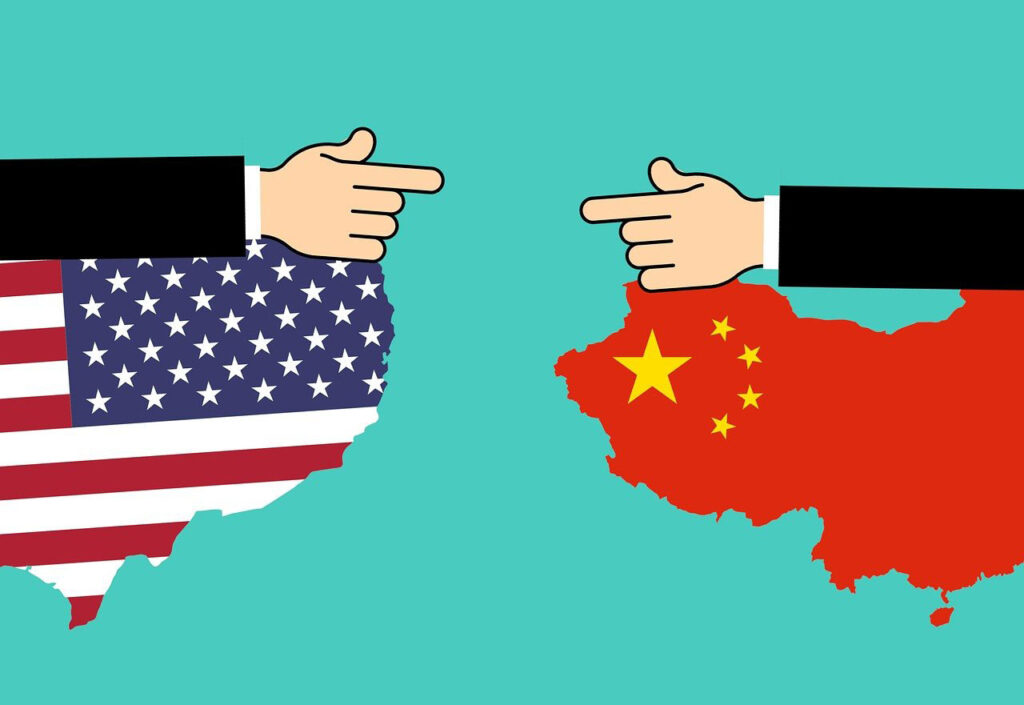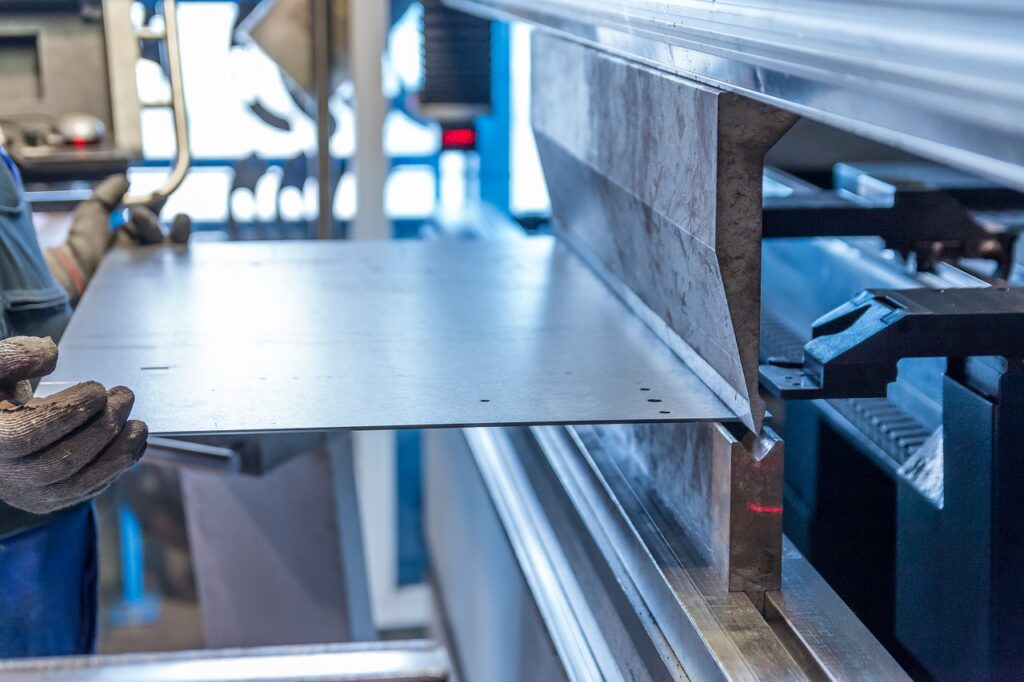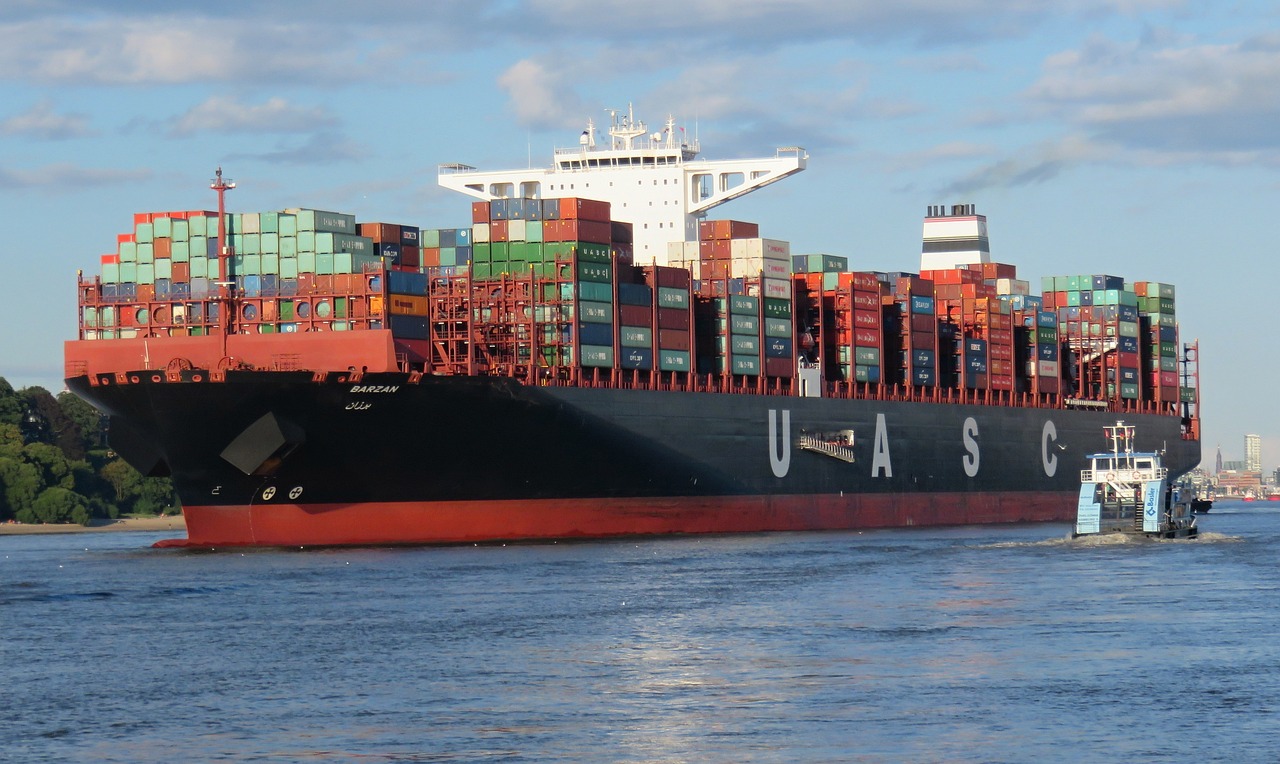‘Who pays for steel tariffs? Do tariffs hurt or help the economy? Will Trump’s tariffs cause more inflation? How do tariffs affect pricing?’ Tariff-related issues are the most common questions queried in Google’s powerful search engine following Trump’s controversial re-election to the White House. President-elect Trump hasn’t demurred from the subject of tariffs. “Tariff is the most beautiful word,” Trump said during a recent interview. While economists and pundits differ on whether tariffs hamper or stimulate the economy, retailers are already proactively responding to wide-sweeping duties on foreign imports. Unsubstantiated reports of preemptive layoffs, new bulk orders, and procurements are miring economists’ forecasts as retailers scramble to avoid incoming price hikes. Why such an overreaction from retailers? Most consumer products come from overseas. Trump’s tariffs will slap Chinese imported products with a nominal 60 percent tax, which will likely be passed onto domestic consumers.
Which Industries Will Be Impacted By Tariffs the Most?
Chinese tariffs will heavily impact everyday consumer products such as toys, smartphones, computers, electrical equipment, and lithium-ion batteries, which juice up nearly every American digital user. Display monitors, kitchenware, and automation software, which domestic users increasingly rely on, will also fall under the purview of new import taxes. Video game consoles and mobile accessories will also increase in pricing. Even running shoes and gym shorts will likely see a price increase. Although the regressive duties aren’t expected to be enacted for another several months, domestic retailers are responding with higher price tags to accommodate the extra overhead. While some manufacturers stockpile overseas products before the tariffs take effect, rushes on overseas supplies could lead to excessive demand, leading to a new wave of inflation and supply-chain interruptions. Reactive market dynamics might cause a similar pandemic-era semiconductor shortfall.
Who Pays for Tariffs?

There’s a lot of misinformation out there about tariffs. Depending on your political inclinations, your source for reliable economic updates could be limited by the deafening walls of echo chambers. While the tariff scuttlebutt is fearmongering to the extreme, it has unintended consequences for consumers and retailers alike. Tariffs are taxes on imports arriving in American markets. Importers, not foreign manufacturers, pay tariffs. American retailers commonly pass on the tariff costs to consumers with higher price tags. While certain foreign companies might absorb tariffs for continued market access, most opportunistic retailers will invariably raise their prices in line with ancillary industries. Some economists believe the tariffs could cost the average American household over $2,600 a year.
The Fallacy of Tariffs
Tariffs are ostensibly protectionism. Government treasuries leverage tariffs to punish foreign manufacturers for undermining the domestic economy by flooding the market with cheap and inferior products. Trump’s transitioning economic team argues the tariffs will discourage domestic manufacturers from becoming over-reliant on Chinese products. The incoming White House staff also believes the tariffs will ultimately force companies to return manufacturing jobs to American towns, but this is debatable. No country can compete with China’s robust factory muscle. Moreover, China accounted for nearly 30 percent of global manufacturing output in 2019. Tariffs can also kick off a retaliatory trade war, making the average American consumer a salient casualty.
Steel Tariffs’ Impact on Metal Building Industries

Sixty percent tariffs could negatively impact the domestic steel and aluminum industries. Excessive steel tariffs can lead to supply chain interruptions and dramatic steel price increases. Chinese tariffs could have unforeseen consequences on the domestic safe room manufacturing industry. Several American safe room producers could again become reliant on cheaper Chinese steel if American steel foundries increase local stockpiles to compete with foreign markets. Would you trust Chinese steel to protect your loved ones during severe weather and domestic unrest? We are not advocating xenophobia or admonishing foreign products, but American steel is superior to overseas producers. Intensive quality control and safety measures make American steel top-of-the-line. It’s also world-renowned for its durability and strength. American steel’s low oxidation levels and craftsmanship prevent premature rusting and degradation.
All U.S. Safe Rooms’ above-ground, underground, and panelized shelters are comprised of 100 percent superior American steel. There’s no substitute for “American Made,” and we take immense pride in engineering top-of-the-line safe rooms reflecting ardent domestic manufacturing values. Comprised of sturdy solid-steel paneling and welds, U.S. Safe Rooms aboveground hurricane shelters can withstand 250-mile-per-hour windspeeds while protecting your loved ones from fallen debris. Don’t trust your family’s safety will inferior Chinese steel. Invest in American protection today!






